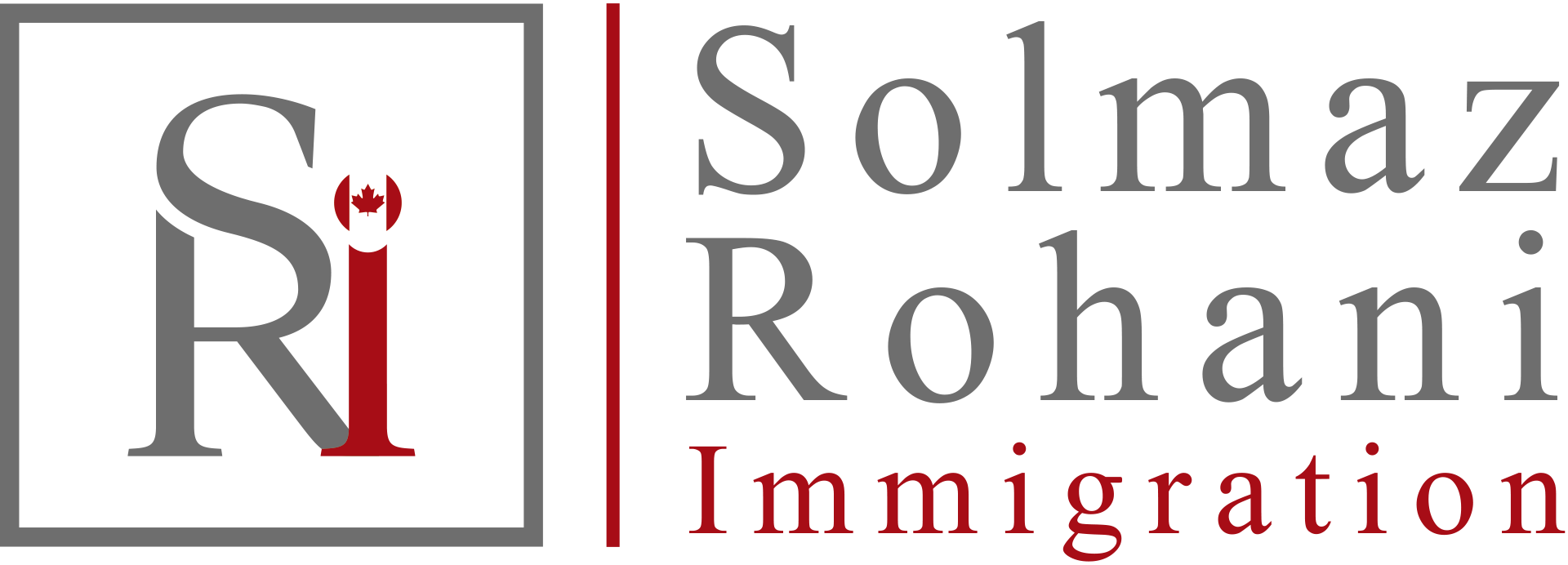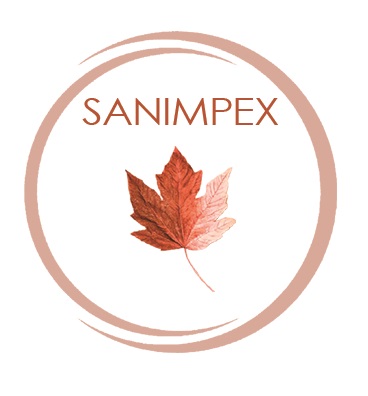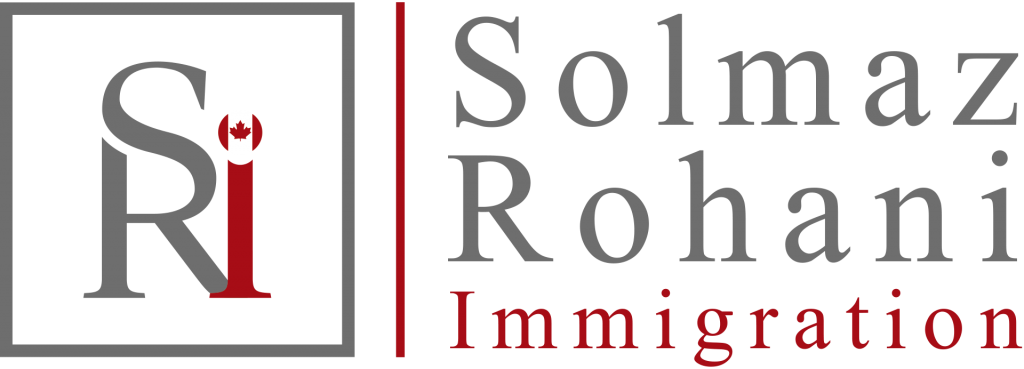Ontario is a Canadian province bounded by Manitoba to the west, Hudson Bay to the north, Québec to the east, and New York, the Great Lakes, Michigan and Minnesota to the south. The province was founded on parts of the traditional territories of the Ojibwa, Odawa, Potawatomi, Algonquin, Mississauga, Haudenosaunee, Neutral, Wendat, Cree, Oji-Cree and Métis. The land is now governed by 46 treaties, including the Upper Canada, Williams and Robinson treaties, as well as Treaties 3, 5 and 9. As of the 2016 census, Ontario had 13,448,494 residents, making it the most populous province or territory in Canada. Ontario was one of the founding members of Confederation, along with New Brunswick, Nova Scotia and Québec, in 1867. The capital city of Ontario is Toronto. Doug Ford is the province’s current premier, leading a majority Progressive Conservative government.
Ontario is divided by three of Canada’s seven physiographic regions. These three regions are the Hudson Bay Lowlands, the Canadian Shield and the St. Lawrence Lowlands. Agriculture, as well as most of the population, is concentrated in the south.
Ontario has the most varied landscape of any Canadian province. Two-thirds of the province lies under the Canadian Shield. The Canadian Shield covers most of the North, with the exception of the Hudson Bay Lowlands. To the east lies the eastern Ontario plain, between the Ottawa and St. Lawrence rivers. To the west, from Kingston on, there are belted rolling hills and plains. Extreme southwestern Ontario is comparatively flat. The Niagara Escarpment extends from Niagara north to Tobermory, and through Manitoulin Island in Georgian Bay.
There are over 250,000 lakes in Ontario, which contain approximately one-fifth of the world’s fresh water supply. Except for Lake Michigan, Ontario includes a portion of all the Great Lakes (i.e., lakes Superior, Huron, Erie and Ontario). Other major lakes include Lake Nipigon (4,848 km2), Lake of the Woods (3,150 km 2 and spanning the Minnesota and Manitoba borders) and Lac Seul (1,657 km 2). (See also Geography of Ontario.)
Ontario’s economy began with hunting and trapping. It expanded with the arrival of the settlers and, until the latter part of the 19th century, remained predominantly rural and agriculture-based. By the early 20th century, rail lines built across Ontario’s northland opened up rich mineral resources in places such as Cobalt and Timmins.
The discovery and growth of hydroelectric power, combined with an export boom at the turn of the 20th century, stimulated industrial expansion and the growth of large and small cities. Often characterized as Canada’s manufacturing heartland, manufacturing in Ontario has declined in the last decade; however, the province remains the country’s primary location for manufacturing industries.
Most medical services in Canada are free. Money from taxes is pooled together to fund a health care system often referred to as medicare. While the federal government sets guidelines, each province and territory is responsible for administering its own health care insurance plan; funding for the plan comes from both governments. As with other provinces and territories, certain services in Ontario are not covered by the provincial health insurance plan. These include going to the dentist, prescription drugs and routine eye exams for those between the ages of 20 and 64.
In Ontario, the government department responsible for administering the health care system is the Ministry of Health and Long-Term Care. (See also Health Policy.)
Ontario’s system of education is divided between two kinds of public schools: non-sectarian and “separate” or Roman Catholic. Within both of these systems are French-language school boards or French-language sections. Each system is run by boards elected by members of the public. This is the result of a compromise at the time of Confederation, when rights for Catholics in Ontario were traded off against those for Protestants in Québec.
Since 1899, Ontario has provided public funds to support education in Roman Catholic separate schools to the end of grade 10. In 1984, Premier Bill Davis startled Catholics and non-Catholics alike with a sudden announcement that his government would cover all the costs of separate school education in the remaining grades. This policy was implemented between 1985 and 1987.
Private schools are permitted to operate in accordance with the Education Act but do not receive any funding. Parents may also obtain permission from their local school board to educate their school-age children at home. On reserves, schools are run by the local First Nation and financially supported by the federal government. The federal government also operates six schools on reserves in Ontario, including five on the Six Nations reserve and one on Tyendinaga Mohawk territory (see also Education of Indigenous Peoples).
Although French-language schools existed in eastern and northern Ontario long before 1968, boards since then have been able to set up French schools “when numbers warrant” (see Separate School). In 1984, the Ontario Court of Appeal ruled that every francophone (and anglophone) student in the province has a right to education in his or her mother tongue. Linguistic minorities, the court also made clear, must be guaranteed representation on school boards and a say in minority-language instruction. The government immediately moved to comply with the court’s ruling, which was based on the Charter of Rights and Freedoms.
The education system is organized into elementary and secondary levels. Secondary students bound for university formerly completed a fifth year of high school, or grade 13. In 2003, Ontario’s grade 13 was eliminated.
In general, elementary schools provide programs for children from junior kindergarten to grade 8. As of September 1994, all school boards were required to make junior and senior kindergarten programs available. By 2015, full-day, optional kindergarten was available for all 4- and 5-year-olds attending English-language schools; this option had been available for over 10 years to those attending French-language schools.
Ontario is home to a number of colleges and universities, including Canada’s two largest post-secondary institutions by student population (as of 2013), the University of Toronto and York University, as well as several other large campuses, including the University of Ottawa, Western University and the University of Waterloo. Other universities include the University of Windsor, Wilfred Laurier University in Waterloo, the University of Guelph, Brock University in St. Catharines, McMaster University in Hamilton, Ryerson and OCAD universities in Toronto, Trent University in Peterborough, Queen’s University and the Royal Military College in Kingston, and further north, Algoma, Lakehead, Laurentian and Nipissing universities, in Sault Ste. Marie, Thunder Bay, Sudbury and North Bay respectively.
There are also 24 community colleges in the province; three of the province’s largest are located in Toronto: Seneca, Humber and George Brown.
شهرهای اصلی آنتاریو
به تورنتو لقب نیویورک سوئیس را داده اند . از آنجاییکه این شهر مرکز اقتصادی کشور محسوب می شود نقاط مشترک زیادی با نیویورک دارد، این شهر محل حضور دفاتر اصلی شرکتهای بزرگ کانادایی است . همچنین این شهر به واسطه فرهنگهای مختلف ، بسیار پر طراوت و شاهد رویدادهای متعدد است. همچنین دلیل شهرت به سوئیسی بودن به خاطر تمیزی و امنیت فوق العاده این شهر است ، همان عواملی که باعث شده اند این شهر همه ساله در بین بهترین شهرهای دنیا برای زندگی کردن قرار گیرد. گرچه این شهر از بسیاری از جهات منحصربه فرد باقی مانده و اغلب به عنوان شهر طلایی شناخته می شود ، این شهر به عنوان یکی از متنوع ترین شهرهای دنیا از لحاظ جمعیتی به شمار می آید. بیش از نیمی از جمعیت شهر را اقلیت ها تشکیل داده اند. در سرتاسر شهر میتوان گروههای مختلفی را که از گوشه و کنار دنیا به این نقطه مهاجرت کرده اند را مشاهده کرد از محله یونانی ها تا محله ایتالیائی ها و از محله چینی ها تا پرتقالی ها و محله کره ای ها. اصلی ترین درخواست مهاجرت به تورنتو دلیل اقتصادی داشته و برای کار صورت گرفته است . به عنوان بزرگترین شهر کانادا و پنجمین شهر بزرگ آمریکای شمالی، این شهر موقعیتهای شغلی بسیاری در صنایع گوناگون را دارا است . این شهر بیشترین آمار پذیرش مهاجران در بین شهر های کانادا در سال را دارد ، و در نتیجه دومین شهر بزرگ جهان است که بیشترین مقیم خارجی را بعد از شهر میامی در فلوریدا دارد . و همین تنوع جمعیتی در کنار استانداردهای بالای زندگی موجبات تحسین و شهرت این شهر در سطح جهان راباعث شده است .
اتاوا پایتخت کانادا بوده و در بخش شرقی آنتاریو و در کنار مرز کبک واقع شده است. پایتخت کانادا محل سکونت حدود 1.15 نفر از مردم میباشد. این شهر به عنوان مرکز حکومت فدرال، موجب ایجاد اشتغال برای بسیاری از اهالی این منطقه شده است و از آنجائی که دفاتر دولتی در این شهر مستقر می باشند بسیاری از شرکتهای داخلی و بین المللی که با بخش دولتی و عمومی سر و کار مستقیم دارند این شهر را محل دفاتر اصلی خود قرار داده اند. این شهر همچنین به مرکزی برای فن آوریهای نوین تبدیل شده که همین امر باعث شده تا این شهر بیشترین افراد دارای مدرک دکتری در کانادا را در خود جای دهد. این شهر همچنین دو دانشگاه اصلی کشور یعنی دانشگاه اتاوا و دانشگاه کارلتون را در قلمرو خود جای داده است. اتاوا مرکز مهمی برای مهاجرت به کانادا به شمار می آید و در حدود 20 درصد از جمعیت شهر را افراد خارجی تشکیل می دهند. این مهاجران به واسطه فرصت های شغلی و اقتصادی، استانداردهای بالای زندگی و محیط دوستانه و ایمن که در پرورش خانواده نقش دارد جذب این شهر شده اند.



